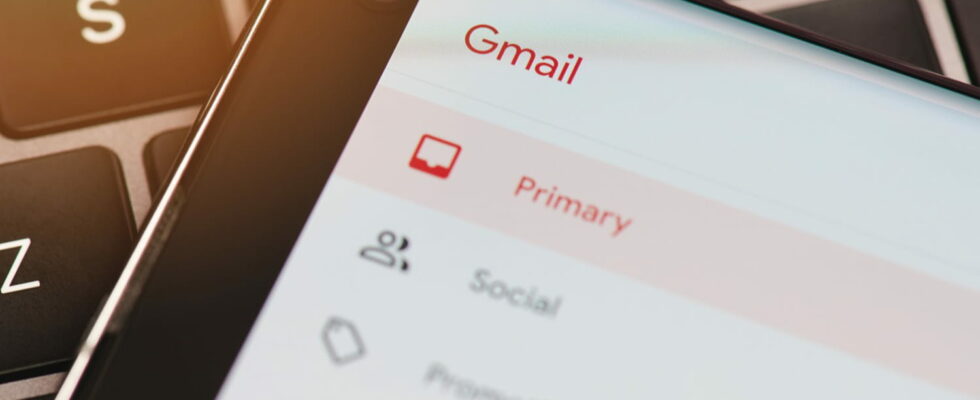Are you tired of newsletters and advertisements cluttering your inbox? That’s good, Gmail should soon welcome the Shielded Email function, an alias tool for generating disposable email addresses.
Since it has been possible to create an account on websites, subscribe to newsletters – sometimes without even realizing it –, or even fill out online forms, our mailboxes have been flooded with dozens of messages from mailing lists whose existence we have often forgotten. But while some emails always remain useful, such as interesting promotions, others quickly become annoying.
Google is working to give Gmail users more control in this area. So, this year, email has integrated a new button called “Unsubscribe”. By clicking on it, Gmail automatically launches the procedure for deleting personal information from the mailing list of a site or online service (see our article). This time, the company is looking to allow users to create aliases to their email addresses. A function that would limit spam by hiding the original email address on certain websites and applications, but also better protect the personal data of Internet users.
Shielded Email: a tool for generating disposable email addresses
Our colleagues at Android Authority discovered, in the code of version 24.45.33 of Google Play Services, references to a function called Shielded Email (email protection) which gives the possibility of generating email addresses. Enough to suggest the arrival of an email alias option on Android. The site even managed to make the option appear within the OS’s autofill settings, a sign that its integration is on the right track.
The alias system allows you to use “disposable” email addresses in place of your legitimate email address. Messages sent to it by online services are then automatically transferred to the original email account. To put it simply, rather than giving your real email address to a website, you generate a “trash” address which will automatically redirect emails to the main email box. The real email address is never revealed to the site in question. And this has several advantages.
First of all, this avoids having too much spam because, if you ever receive too many unwanted emails from a given service, you just need to deactivate the alias associated with the use of it to put it there. a term. In addition, if the site is ever hacked and personal data leaks, the hackers will only have a disposable address, thus limiting the risks of phishing.
In short, creating an alias per website gives extremely advanced control of your mailbox. This alias system already exists with many services, including Apple with the “Hide my email address” function included in the iCloud+ subscription, at Mozilla with the Firefox Relay module integrated into the browser, or even at Proton Mail. For the moment, no information has yet been given regarding a possible release date for the Shielded Email function. Even by touching the code of the Gmail application, it is not possible to activate it. So be patient!
